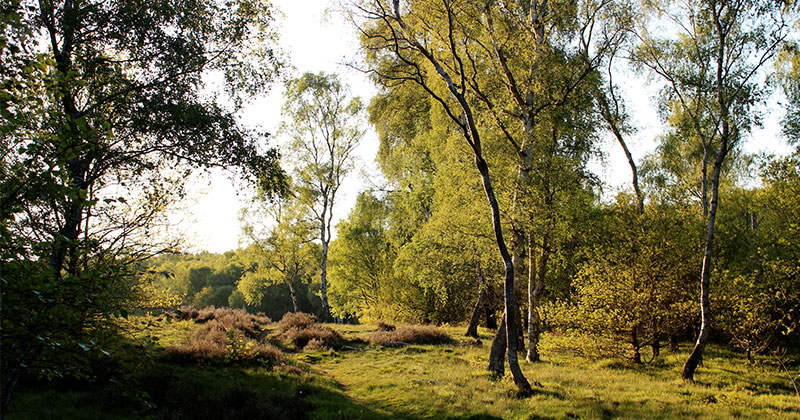Find out the latest in forest news in this week’s Forest Digest!

- Larger swaths of tropical forest being lost to commercial agriculture — ScienceDaily
Deforestation culprit revealed: A new study by Duke University shows that approximately half of the increase in tropical forest loss between 2000 and 2012 was due to the expansion of large-scale industrial agriculture, primarily in Southeast Asia and South America. To understand how impactful this trend truly is, consider that a typical small family farm is responsible for the annual clearing of roughly 25 acres. An industrial plantation, on the other hand, can clear upwards of 2,500 acres of land per year. - Insects and disease are ravaging the Southland’s urban trees. Who’s going to stop them? — Los Angeles Times
It looks like Los Angeles will lose some shade this summer. Due to the spread of invasive insects and disease, Southern California is losing much of its foliage — and fast. Unfortunately, solutions aren’t exactly plentiful, as the exact number of trees affected, and the likelihood of their recovery, remains unclear. - Sherwood Forest ‘will not be fracked,’ council says — BBC News
England’s legendary Sherwood Forest, famously known for its association with the legend of Robin Hood, was recently set to be surveyed for fracking potential. These plans, however, have been cancelled, much to the relief of the Nottinghamshire County Council, who has no legal power to prevent the surveying. The forest is home to more than 1,000 “veteran” oak trees, including the beautifully ancient Major Oak. - Alaska’s thawing soils are now pouring carbon dioxide into the air — The Washington Post
“We all knew this was coming,” says Harvard atmospheric scientist Roisin Commane in response to a new study by the National Academy of Sciences, which warns of detrimental environmental consequences caused by thawing Alaskan permafrost. As frozen soils begin to melt due to rising global temperatures, greenhouse gases in the form of carbon dioxide stream into the air. Researchers fear that these findings likely have applications in other vaster permafrost regions, such as Siberia and Canada. - Forests equal to 60% of Australian landmass discovered using new tool — ABC News (Australia)
This article from Australia’s ABC News only further supports the fact that we don’t always know as much as we think we do. With the help of a new photo-interpretation tool called Collect Earth, the Food and Agriculture Organization of the United Nations, along with teams of scientists and university students, discovered 467 million hectares (equivalent to 60 percent of the size of Australia) of dense forest land —land that was previously assumed to be dry and barren. - The biodegradable burial pod that turns your body into a tree — CNN
Not one for tradition, or want to ensure environmental wellness long after you’re gone? Italian designers Raoul Bretzel and Anna Citelli might have what you’re looking for. A new biodegradable burial pod provides the option for your remains to nourish a tree sapling as you decompose. - When thinking of forests, don’t forget the value of trees — The World Bank
According to this article from The World Bank, 20 percent — or 1.3 billion — of the world’s people depends on forests for their livelihood. As such, it’s no surprise that forest landscape restoration has become a priority for many. The rejuvenation of these lands, however, benefits more than the forests themselves — it could even help reduce poverty. Environmental benefits are coupled with economic opportunities, and thus “tree-based systems” are on the rise.